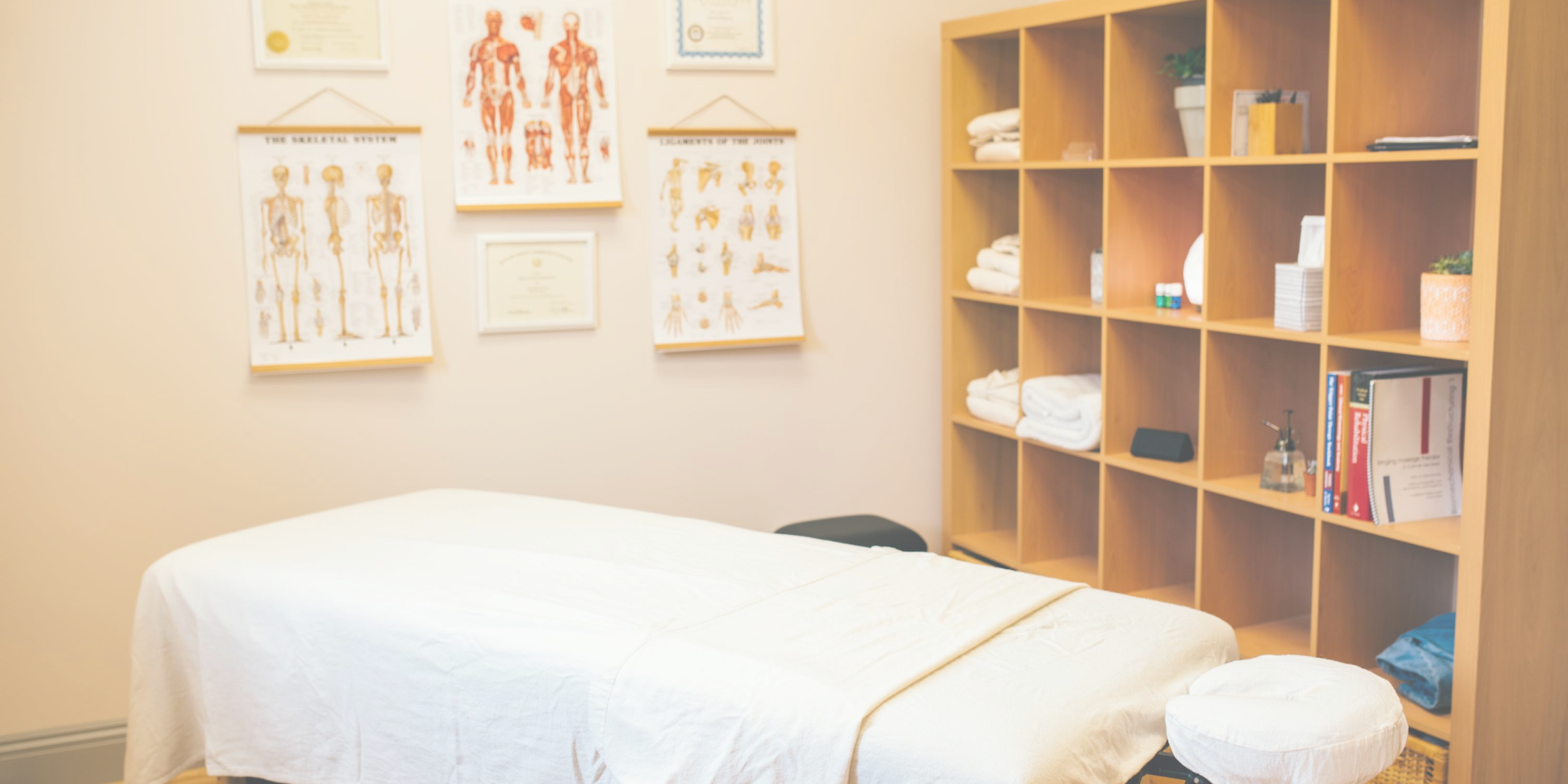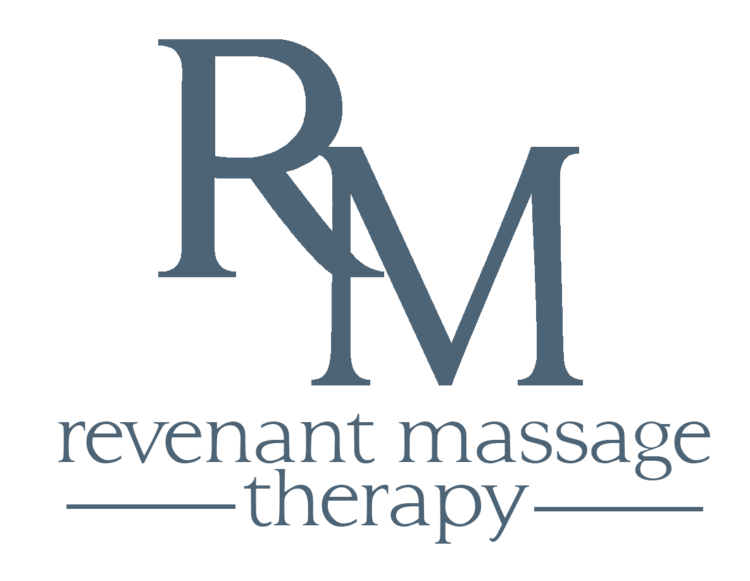Exactly What You Need To Know Before Getting A Massage

Before your first appointment with your massage therapist there are some questions you should ask yourself to help maximize your experience and the benefits of the massage. After all, you want to get all that you can out of your investment - both with your time and financially.
Here's exactly what you need to know before getting a massage:
1. What are you looking to achieve with massage?
The first question you need to answer is why do you want a massage in the first place. This will help you achieve the end result that you desire. It can be anything from finding relief from pain, decreased stress and anxiety, general relaxation, faster recovery time in between workouts, decreased inflammation, or a combination of a few of these. (1)
Once you can articulate why you want a massage it will help your therapist design the session length and techniques to best fit your needs.
2. What type of massage therapist should you chose?
While all massage therapists are fully trained and licensed, each therapist should have some sort of specialty or skill set that may lend to the end result that you are looking for.
A therapist should never be afraid to help you find the right therapist if they feel that you are looking for something different than what they offer. One therapist may have more training and experience working with pregnancy massage whereas another therapist may lean towards deep tissue and pain relief.
By no means does that mean that a therapist is not well equipped and advanced in more than one type or style of massage, but not every therapist is going to be a master of all techniques. Don't be afraid to look around and see what a therapist specializes in and if it aligns with what you are looking for.
Also, If you are seeing your doctor for any reason you should consult whether massage is appropriate for you and if there are any precautions with the medication you are taking. Communicating this with your therapist as well will help them better determine the type of massage that is the most beneficial for your health case.
3. What should you wear to your appointment?
You can come as you are whether it is straight from work or in sweats and a t-shirt. No need to to dress up for the occasion or dress down. One note thought is that good hygiene makes for a good experience for both the client and the therapist, so it may not be the best thing to come in directly after working out without showering first.
When receiving a massage you should undress to your comfortability as you will be properly draped for the entirety of the massage except for the area or body part you are receiving a massage. A massage is always meant to be therapeutic only. If at anytime you feel uncomfortable you should express this to your therapist.
You can be completely unclothed or wear some type of underwear or shorts if you prefer. Keep in mind that the least amount of clothing will allow your therapist to address problem areas more thoroughly while still keeping a high level of professionalism and comfortability for you as the client.
4. How should I receive a massage?
Learning how to receive a massage is game changer. If you have never had a massage you may not be good at receiving a massage as strange as that might sound. Receiving a massage is just as important as picking out your therapist if not more.
If we are unable to slow down and receive it and understand how a massage may be affecting us it, quickly diminishes and even nullifies the benefits and outcome we might desire. So slow down and be present for the massage you are receiving and be conscious of allowing your mind, body, and soul to start the healing process.
A massage therapist is just a facilitator of bringing healing to the body - you as the client must learn how to actually participate in your health and healing and receiving it.
5. How quickly will you see results?
Consistency is key when it comes to achieving long-term change in our life. For example, if you eat one healthy meal a week or even for one entire day you will see little to no change in how you feel or look. Or if you went to the gym one time and only felt slightly better and sore afterwords you may justify why you would never do that again.
In a similar way, if you receive one massage you may feel relaxed immediately after or some some soreness to follow. You may use that as a reason to not invest in getting more than one massage. But if we are honest with ourselves, we know its consistency in whatever it is we invest in whether it be health, our relationships, or our life-long goals to make a real difference.
Working together with your therapist you can find the schedule that is right for you and your particular goal. You may often start out with a higher frequency and once you have started to correct or alleviate what has taken possibly years to accumulate you can usually decrease to more of a maintenance protocol (i.e. once a month).
These five tips will help you get the most out of your massage and allow for a more pleasant experience and one that is beneficial to you long term without having to waste time and money in the process to achieving better health.
Ready to see how massage can benefit your health? Book your next appointment here.
References:
-
Garner, Belinda et al. “Pilot study evaluating the effect of massage therapy on stress, anxiety and aggression in a young adult psychiatric inpatient unit.” The Australian and New Zealand journal of psychiatry vol. 42,5 (2008): 414-22. doi:10.1080/00048670801961131
